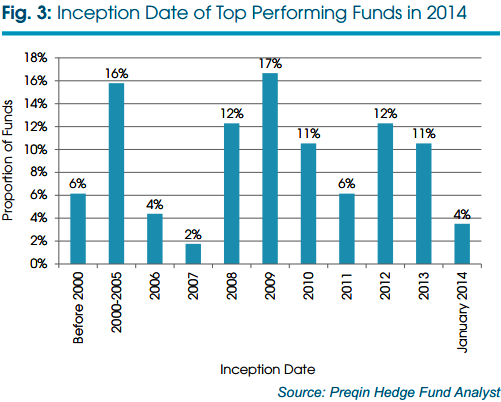China is experiencing an economic “hard landing” far greater than that shown by its official data, according to economic analysts Fathom Consulting—and it is set to have a major negative impact on the rest of the world.
Speaking at a briefing this morning, Fathom Director Danny Gabay warned that China could be forced to remove the renminbi’s peg to the US dollar to relieve deflationary pressures on its financial system. This would effectively “export deflation” to other parts of the world—and the Eurozone is ill-equipped to deal with this, Gabay said.
“Deflation is good for some, but others will lose significantly.” —Danny Gabay, Fathom ConsultingOfficial data from China’s National Bureau of Statistics estimated the country’s economy expanded by 7.4% in 2014. However, using data from rail freight, banking, and electricity usage, Fathom’s experts estimate this could be as much as double the real figure.
Gabay likened the effect of falling property prices on China’s banks to the property market collapse that preceded the market crash, recessions, and banking crises experienced in developed economies since 2008. In order to offset this effect, allowing the renminbi to fall in value in dollar terms was “very much what China needs to do, in our opinion,” Gabay said, which would push down the price of goods exported by China.
“Deflation is good for some, but others will lose significantly,” he said. Countries with low demand, low inflation, high levels of debt, and without the power to devalue their currencies will suffer most—criteria that all apply to the Eurozone.
“Countries with debt-to-GDP ratios above 80% can’t afford deflation,” Gabay stated. Fathom’s models indicated that, based on current data, Germany’s debt-to-GDP could soar above 100% if China successfully exports deflation, while Italy’s ailing economy would see its debt exceed 200% of GDP.
Delegates at the briefing in London agreed that China was likely to allow its currency to depreciate slowly in the coming two or three years.
Last year ratings agency Fitch warned that asset managers based in Europe could be hit hard by deflation if they are not sufficiently diversified outside of the currency bloc.
Falling asset prices would have a negative effect on fixed income markets, the agency said, by causing interest rates, debt burdens, and default rates to rise. European equity markets would also suffer in performance in a deflationary scenario, Fitch said, hurting asset manager profitability through reduced assets under management and fee income.
Related Content:European Deflation to Hit Asset Managers’ Bottom Line & The Great Deflation Delusion


